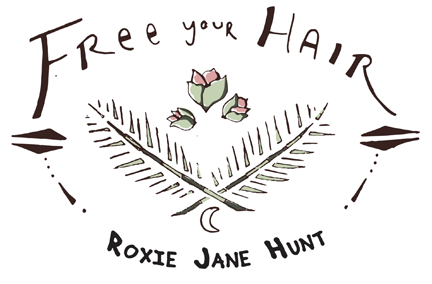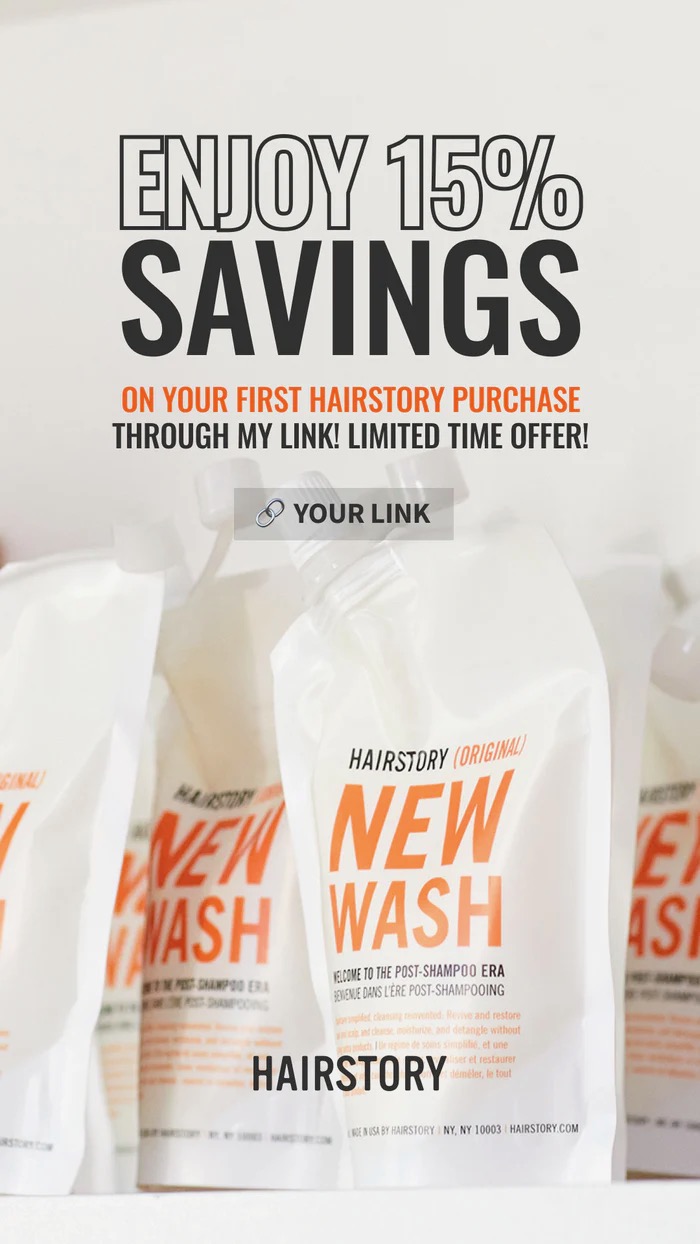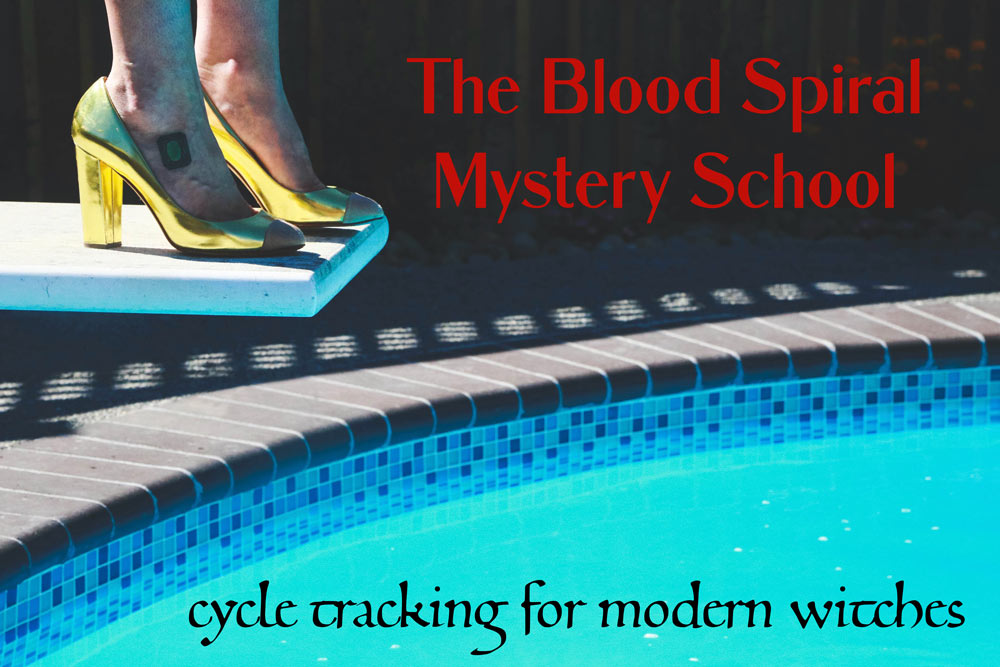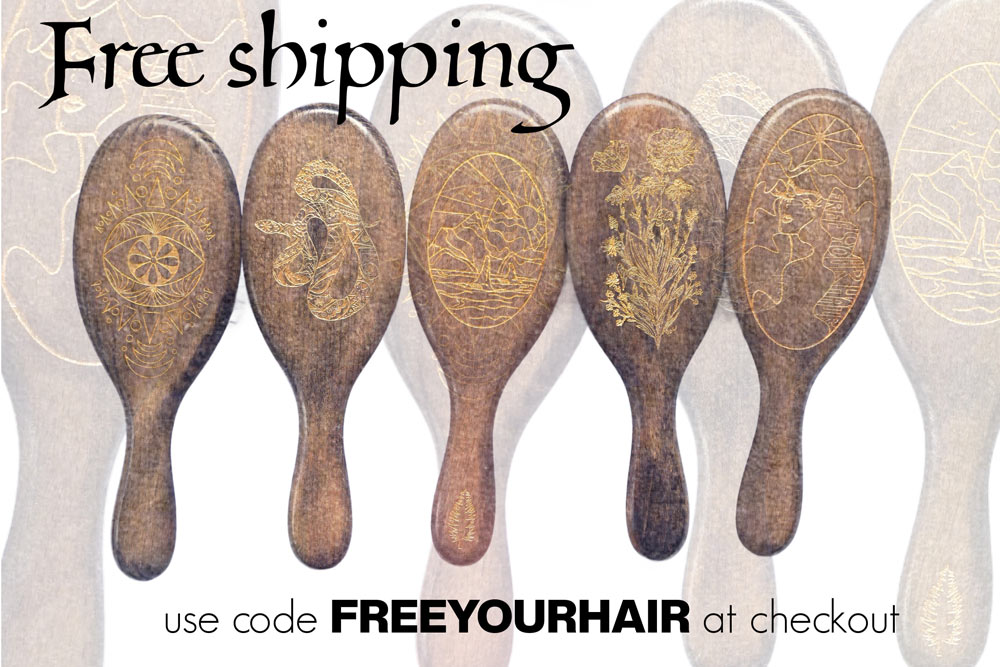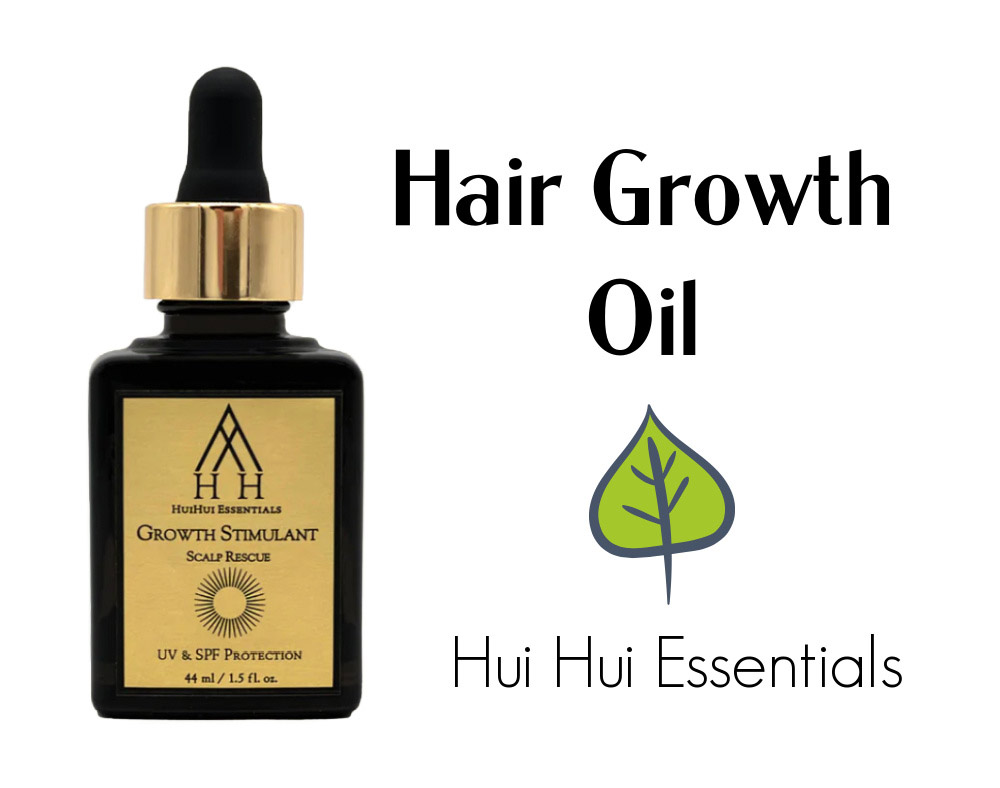I realize that I sometimes throw terms around that y’all may not recognize. I’m starting a glossary so if you are unfamiliar with a term I use in my blog or my videos, you can look ’em up yourself . Please email me if you can think of any that I have forgotten:).
- ACV-apple cider vinegar
- Balayage
- Criss-cross pinning. Criss crossing bobby pins along a parting. This pinning technique is great when working with either super thick hair or very fine hair, because it creates a bit of a grid for other pins to grip to.
- Crown– The back of the head
- Cross-check-Going back through a section after you have already cut it, to check and make sure you got it all.
- Design line- The lines that we cut hair along in a haircut to achieve a particular look. It is where we old the hair as we cut it. A movable design line moves around the head, like in our men’s and short womans’s haircuts. A stationary design line does not move, for example if we are doing a blunt bob, we are pulling all the hair to the same place to cut it. The ponytail cut is an excellent example of a stationary design line, as it brings all the hair on the head to one place to cut it.
- Disconnected– Pieces of hair that are not included in the overall structure of the cut and are left out to hang longer than the rest. It is a fun way to created drama, softness, and texture, especially in shorter cuts.
- Dropout– The hair that drops out at the nape of the neck after you have cut length off. A Shlob always has a dropout when you take the ponytail down. I usually point-cut straight across the nape of the neck to get rid of it.
- Elevation– The angle that you hold the hair out from the head while cutting, determines level of graduation.
- Fine hair and coarse hair– refers to the thickness of the actual individual strand of hair.
- Focal point– where your eyes is drawn to within a specific form.
- Graduation– the gradual change from short to long.
- Hair rat– When you collect all the hair from your brush over time and rat it into a big ball and use it as a form or base for big hairstyles!
- Impulse cut- When you cut your hair out of shear boredom, restlessness, desperation, drunken-ness.
- Nape- Where the base of the neck meets the hairline
- Natural fall- The way the hair falls about the head naturally.
- Ombre– the french word for shaded. Going from dark to light. In hair, it’s dark at the roots to lighter at the ends.
- No-poo– cleansing your hair without shampoo.
- Panels– coloring all the hair within a geomitrically shaped parted off area.
- Pixie– A hairstyle that involves cutting all the hair to the same uniform length around the head, usually 1-2 inches of length, and texturized to give it a piecy look. Think Michelle Williams, or the Rosemary’s Baby haircut.
- Point cut– Cutting little bites into the ends of the hair to soften the lines.
- Ponytail cutting techniques.
- Radially- Working out from a certain point, around in a circular motion. For example, Using the ear as the center point, making partings that radiate out like the spokes of a wheel.
- Safety blanket- The little detail of a haircut that makes a person feel secure. For many, it’s length around the face. For some, its hair covering the hairline of their neck. For some, its bangs NO shorter than a certain length. For some its hair OVER the ears ( does that mean cut over the ears, or hanging over the ears?!) For some its volume at the crown. When the safety blanket is cut wrong, a person can feel very unattractive, insecure, and mad at their hairdresser for not listening to their hair insecurities.
- scissor cutting– A technique that removes length and bulk at the same time. Generally done on dry hair, best for thick heavy hair.
- Sectioning– dividing the hair up into reasonable sections to work within to keep things organized so you don’t get lost in hair!
- Shear over comb– see post.
- Slice/weave foils
- Subsection- the small section within a bigger section of hair that you are working within. Subsectioning is key in keeping track of the hair that you have already cut and the hair that still needs cutting. Very important!
- Texturizing/Taking weight out– Removing bulk from the hair in a way that works with the natural texture of the hair. This can be done using different techniques, on any hair texture. It has a slimming and elongating effect on the overall ‘do. It’s great for making room in curly hair for curls to move more freely, and fabulous for softening shorter haircuts. It can be used to make a ‘do edgier.
- Thin hair and thick hair-refers to the amount of strands on the head.
- Topsy-tail When you make a ponytail, then reach through the middle of the base of it and pull the ends through.
- Undercut- when the hair underneath is cut much shorter than the rest. Seen on skater dudes in the 90’s. Be still my heart!
- Uniform layering– When hair from each layer is exactly the same length. It can be true for any length hair. If the angle of elevation that the hair is held when cutting is consistent throughout the haircut, it will be uniformly layered. A pixie cut is a good example of short uniform layered hair.
